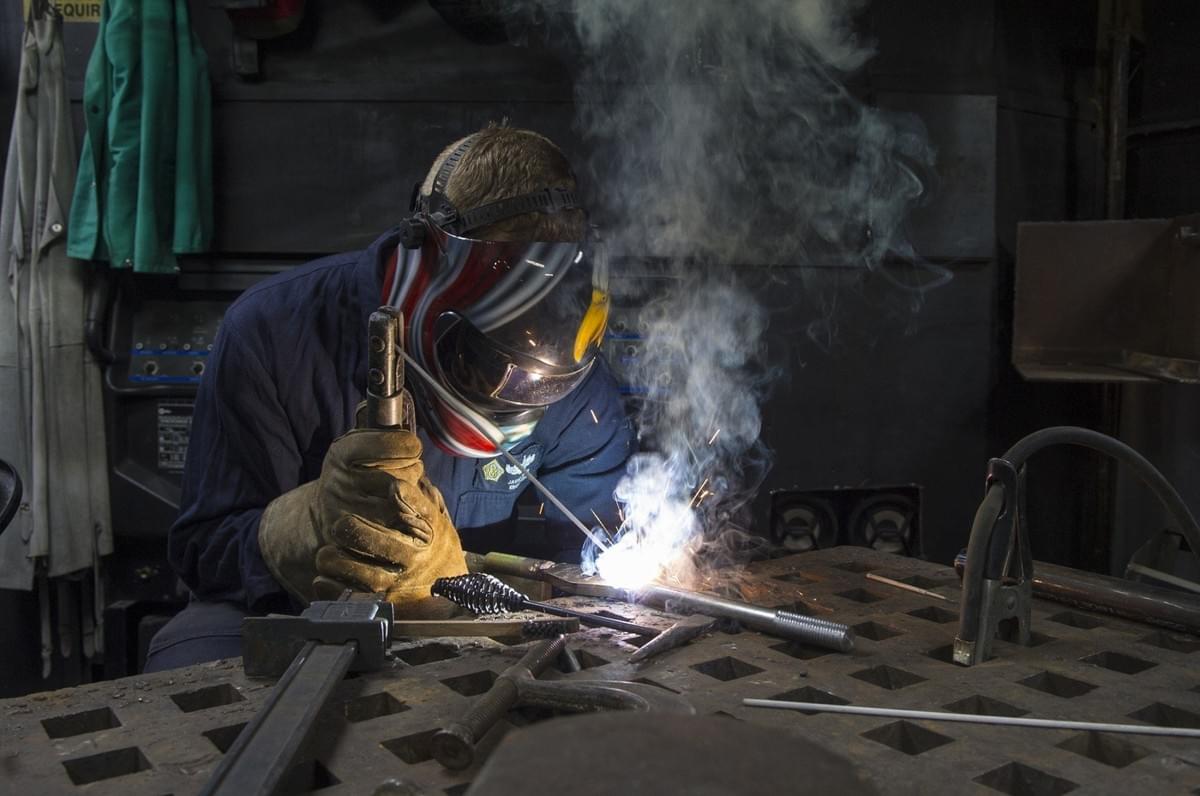
Aluminum extrusions have become increasingly popular in various industries due to their exceptional strength-to-weight ratio, corrosion resistance, and versatility. When it comes to welding these extrusions, however, challenges arise due to the unique characteristics of aluminum. In this article, we will delve into the proper techniques and best practices for welding aluminum extrusions to ensure strong and durable joints.
The Challenges of Welding Aluminum Extrusions
Aluminum is known for its high thermal conductivity and high reactivity, which makes it difficult to weld. When heat is applied to aluminum, it tends to dissipate quickly, leading to porosity and surface oxidation. Moreover, aluminum oxide forms on the surface of the metal, further hindering the welding process. Furthermore, aluminum has a relatively low melting point compared to other metals, making it prone to overheating and Brittle Fracture. These challenges make it essential to adopt specific welding techniques and best practices when working with aluminum extrusions.
Preparation is Key
Before welding aluminum extrusion, preparation is crucial to ensure a strong and durable joint. First, clean the area to be welded thoroughly to remove any dirt, grease, or oil. Next, sand the surface to create a rough texture for better bonding. This helps to dissipate heat evenly and prevents hot spots that can lead to porosity.
selection of welding equipment and consumables
Selecting the right welding equipment and consumables is vital for successful welding of aluminum extrusions. When choosing a welding machine, consider the amperage and voltage requirements for the specific application. It is also essential to select the correct wire feed speed, penetration, and heat input to achieve the desired weld penetration and strength.
Welding Techniques for Aluminum Extrusions
Welding techniques can significantly impact the quality of the weld. When welding aluminum extrusions, it is essential to employ techniques that promote efficient heat dissipation, minimize distortion, and prevent porosity. Some effective techniques include:
1. Pulse welding: This technique involves pulsing the welding machine to create a dynamic heat input that minimizes distortion and promotes efficient heat dissipation.
2. Welding with a shielding gas: Using a shielding gas, such as argon or helium, helps to prevent oxidation and porosity by creating a protective atmosphere around the weld pool.
3. Limiting weld pool size: A smaller weld pool reduces the heat input and minimizes the risk of overheating, ensuring a stronger and more consistent weld.
4. Using a welding consumable with a high shelf life: Consumables with extended shelf life reduce the risk of oxidation and contamination, resulting in a higher-quality weld.
Tips for Improving Weld Strength
weld strength is a critical factor when welding aluminum extrusion. To improve weld strength, consider the following tips:
1. Use a heat sink: Applying a heat sink, such as a copper plate or a heat sink stud, helps to dissipate heat evenly and prevent overheating.
2. Increase weld speed: Increasing weld speed reduces the heat input and minimizes distortion, resulting in a stronger and more consistent weld.
3. Reduce heat input: Reducing heat input minimizes overheating and brittle fracture, ensuring a stronger and more durable weld.
Troubleshooting Common Issues
Proper troubleshooting is essential to identify and address issues when welding aluminum extrusions. Some common issues include:
1. Porosity: Porosity can be caused by oxidation, contamination, or incorrect welding techniques. To prevent porosity, ensure proper welding technique, use a shielding gas, and maintain a clean and dry work environment.
2. Brittle Fracture: Brittle fracture occurs when the weld metal becomes brittle due to overheating or excessive heat input. To prevent brittle fracture, maintain a moderate heat input, avoid overheating, and use a heat sink.
3. Distortion: Distortion occurs when metal expands or contracts unequally during the welding process. To minimize distortion, use proper welding techniques, maintain consistent heat input, and prevent overheating.
Conclusion
Welding aluminum extrusions requires a thorough understanding of the unique challenges and best practices. By following proper techniques, using the right equipment and consumables, and troubleshooting common issues, you can achieve strong and durable welds. Remember to prioritize proper preparation, select the right welding equipment and consumables, and employ effective welding techniques to achieve outstanding results.